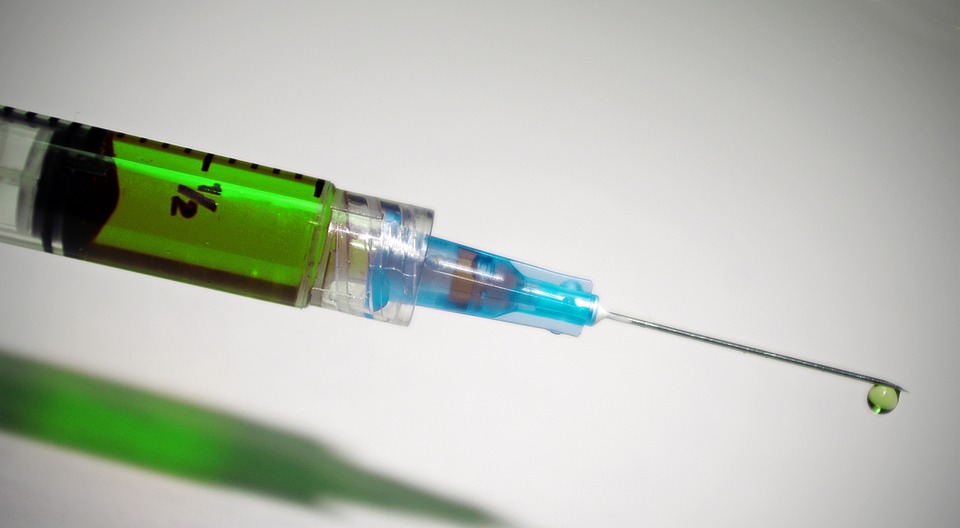Are tattoos putting many at risk for cancer?
08/26/2016 / By Vicki Batts

Tattoos have made their mark in a number of different cultures for thousands of years, and have become an increasingly acceptable part of our society. Though they were once quite frowned upon, nowadays roughly a quarter of all adults in the United States says that they have at least one tattoo. The actual practice of tattooing is regulated by state and local authorities, but tattoo inks are considered cosmetics and color additives, which puts them under the FDA’s jurisdiction.
In the past, there was not much evidence that called for safety concerns, and as a result the FDA never really felt the need to strictly regulate tattoo inks. However, things are beginning to change.
Tattoos are beautiful and a great form of self-expression, but there are growing concerns about a more sinister side to these works of art. Recent reports of bad reactions to tattoo inks and different types of permanent makeup have led to the launch of an FDA investigation.
There are some already-known risks associated with being tattooed; nothing is without consequences, after all. Some of the health risks include infections, allergic reactions, scarring, granulomas and MRI complications (such as swelling and burning when someone with a tattoo has to undergo an MRI).
Investigation into the composition of tattoo inks and how they break down in the body has begun at the FDA’s National Center for Toxicological Research (NCTR). Researchers are also examining the short- and long-term safety of tattoo inks, and are studying the body’s reaction to light interacting with the ink.

Preliminary research has shown that some pigment from tattoo inks travels to the lymph nodes, which are a key part of the lymphatic system. The lymphatic system filters out toxins and other waste materials, but it is not yet known how the presence of tattoo inks will affect this very important body system.
This underlines the importance of knowing what is in your tattoo ink. The particulates that make up a pigment don’t just stay in the place they were put by the tattoo artist; they travel around the body. While the FDA may not be known for its efficiency or likability as a government agency, no regulation and no disclosure is bad news for people who seek to get tattooed. It is all too easy for manufacturers to produce low-grade products (or for artists to use them), and eventually harm their consumers.
For example, benzo(a)pyrene is an ingredient used in many black tattoo inks. It has been classified by the WHO’s International Agency for Research on Cancer as a carcinogen. The EPA also declared that the compound causes cancer back in 2013.
The composition of tattoo inks needs to be carefully considered and examined; this stuff goes into people’s bodies forever. It is really quite ironic that the FDA has not yet regulated the content of tattoo inks, given the agency’s propensity for stifling and overreaching regulatory practices. What is more entertaining is the fact that they so often use their power to quash small businesses, but somehow have left a substance that is injected into people’s bodies unchecked. Who is it they are really protecting, after all?
Sources:
Submit a correction >>
Tagged Under:
carcinogens, tattoo ink, tattoos
This article may contain statements that reflect the opinion of the author





















